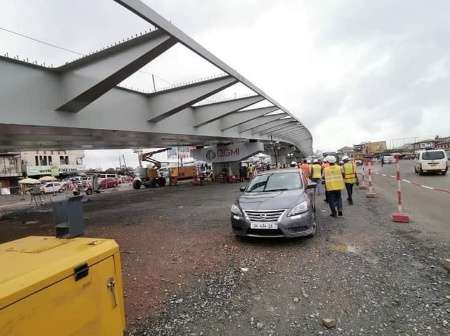The Future Of Drone Technology
- Home
- The Future Of Drone Technology

The Future Of Drone Technology
 A few weeks ago, I had an opportunity to speak at South Korea’s leading Drone Conference, Drone Korea 2019, along with leading members of the country’s military establishment and aviation leaders. All I can say, is that the near future is going to be radically different from what we think it might be.
A few weeks ago, I had an opportunity to speak at South Korea’s leading Drone Conference, Drone Korea 2019, along with leading members of the country’s military establishment and aviation leaders. All I can say, is that the near future is going to be radically different from what we think it might be.
- The world’s military powers will significantly reduce the sizes of their military in favor of robots and drones. Thanks to advanced robotic and drone technologies this is not too far off.
- Military strategists may want to keep an eye on China and the U.S., who are exponentially far in the lead when it comes to drone technology. Of particular interest will be the devastating power of swarm drones in modern warfare.
- Korea expects to have completed all highway construction within the next 5-7 years. The country is already mapping the use of vertical infrastructure (vertical space) for the utilization of drone based vehicles. On the opening day of the conference, Boeing unveiled an early prototype of a four-passenger flying UBER taxi that will take the place of land based cabs. Airbus is designing an electric CityAirbus. France’s Safran and about two dozen other companies are in fast pursuit. Expected roll out date of Drone cabs? 2025 according to industry estimates.
- Retail giant, Amazon, is already looking into the feasibility of drone-based deliveries.
- The African Development Bank is already working with Korea to bring advanced drone technologies to African agriculture with a pilot project already underway in Tunisia.
For now, it cannot be business as usual. The ground underneath our feet has shifted in favor of the skies.
For now, countries must rapidly –
- Develop new aviation policies and legislation that takes vertical transportation and drones into consideration.
- Map their respective vertical spaces and define limitations and boundaries for civilian, commercial, industrial, military and high altitude drones.
- Begin to anticipate a future where the physical infrastructure of roads, highways, and bridges, will soon compete for expenditure with the development of A.I., massive cloud data mining, and autonomous aerial transportation.
- Already, solar powered HALEs (High Altitude Long Endurance) – pseudo satellite drones capable of remaining in the skies for an entire year – are strong indicators of near future military, commercial, and transportation trends.
The battle of the skies is frenetically underway.
The writer – Dr Victor Oladokun is Director, Communication and External Relations, African Development Bank
Source: graphic.com.gh
- Share
Classic Ghana
Classic Ghana brings you into a fun world of arts, entertainment, fashion, beauty, photography, culture and all things in between. Let’s explore these together!







